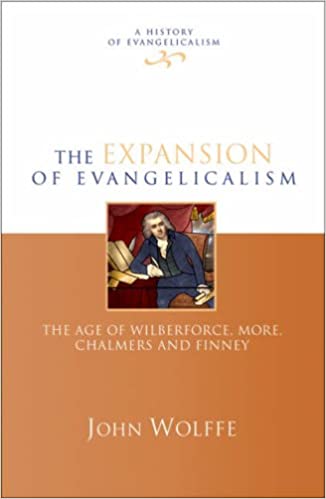This is the second in a series of five volumes tracing the history of evangelicalism from the 1730s to the 1990s. This volume covers the 1790s to the 1840s – the exciting period between the Great Awakening and the beginning of Victorianism.The author describes the growth and strength of evangelicalism across the English-speaking world but with an emphasis on England and America. Key figures are skilfully and sympathetically drawn.Evangelicalism is defined under four heads – conversionism, activism, biblicism and crucicentrism (cross-centredness). One might quibble about the terminology and the order but this is an accurate if somewhat clumsy description of evangelical belief. Using this framework, the author works through several major themes.After a helpful introduction the author looks at revival and revivalism. His account of evangelism on both sides of the Atlantic is slightly marred by a failure to clearly distinguish between God-endowed revival and man-created revivalism. This said, he gives a useful survey of the early ‘camp’ movement that finally crystallised in the organising genius of Finney.The author then concentrates on the spirituality and worship of Evangelicals, the role of women and the family. Other chapters focus on the impact Evangelicals had on society, with a particular emphasis on Wilberforce and the anti-slave movement. A final chapter surveys the evangelical scene, considering both its unity and diversity and ending with the 1846 London gathering of the first Evangelical Alliance. A concluding summary would have been helpful.The narrative runs smoothly with a judicious use of footnotes, only occasionally getting bogged down in excessive detail. The material is helpfully divided and provides easy access for the beginner as well as food for thought for the historian. There is an excellent bibliography.This is an informative account of a neglected period and a timely reminder of the influential role Evangelicals have played in politics. The men and women portrayed were strong in their faith but were also salt and light in the public arena – something sadly lacking today.It also puts into perspective the following period of Victorian evangelicalism, often wrongly considered the evangelical high mark. The strength of Victorianism came from these earlier Evangelicals. There are many other valuable insights and I would highly recommend this book.
The Expansion of Evangelicalism

Join the discussion
Read community guidelines
ADVERTISE






